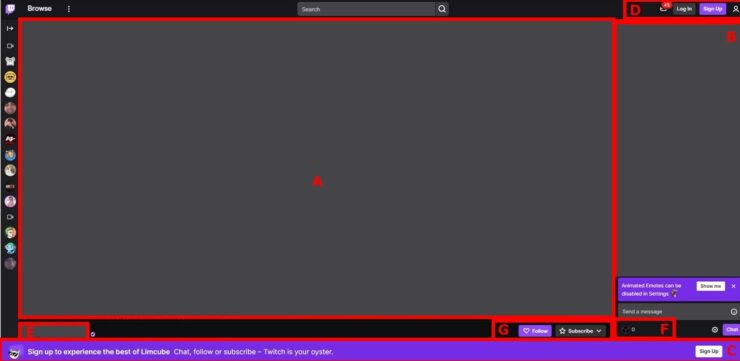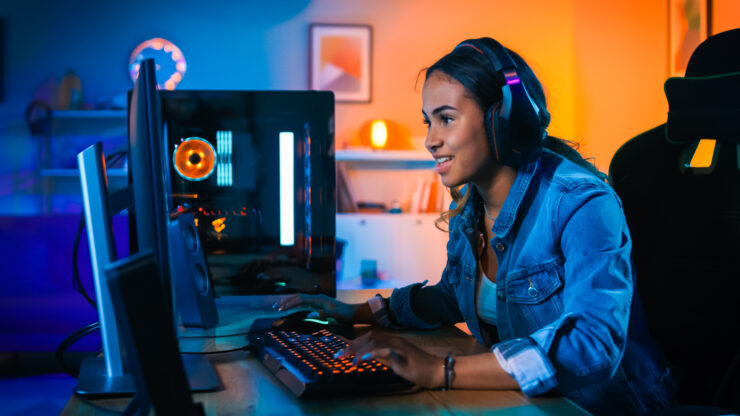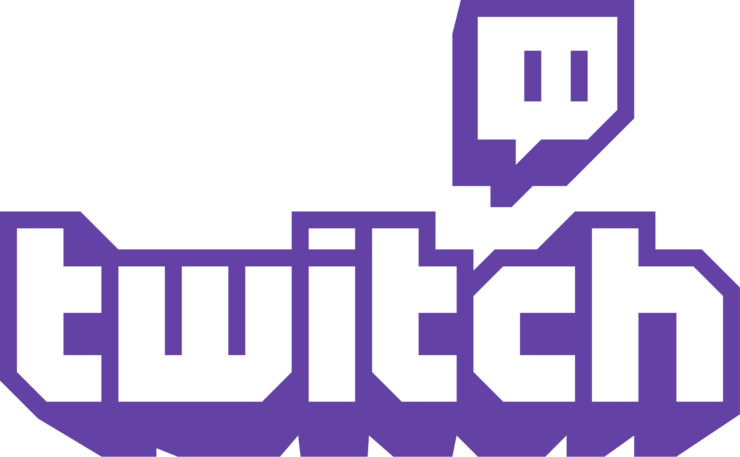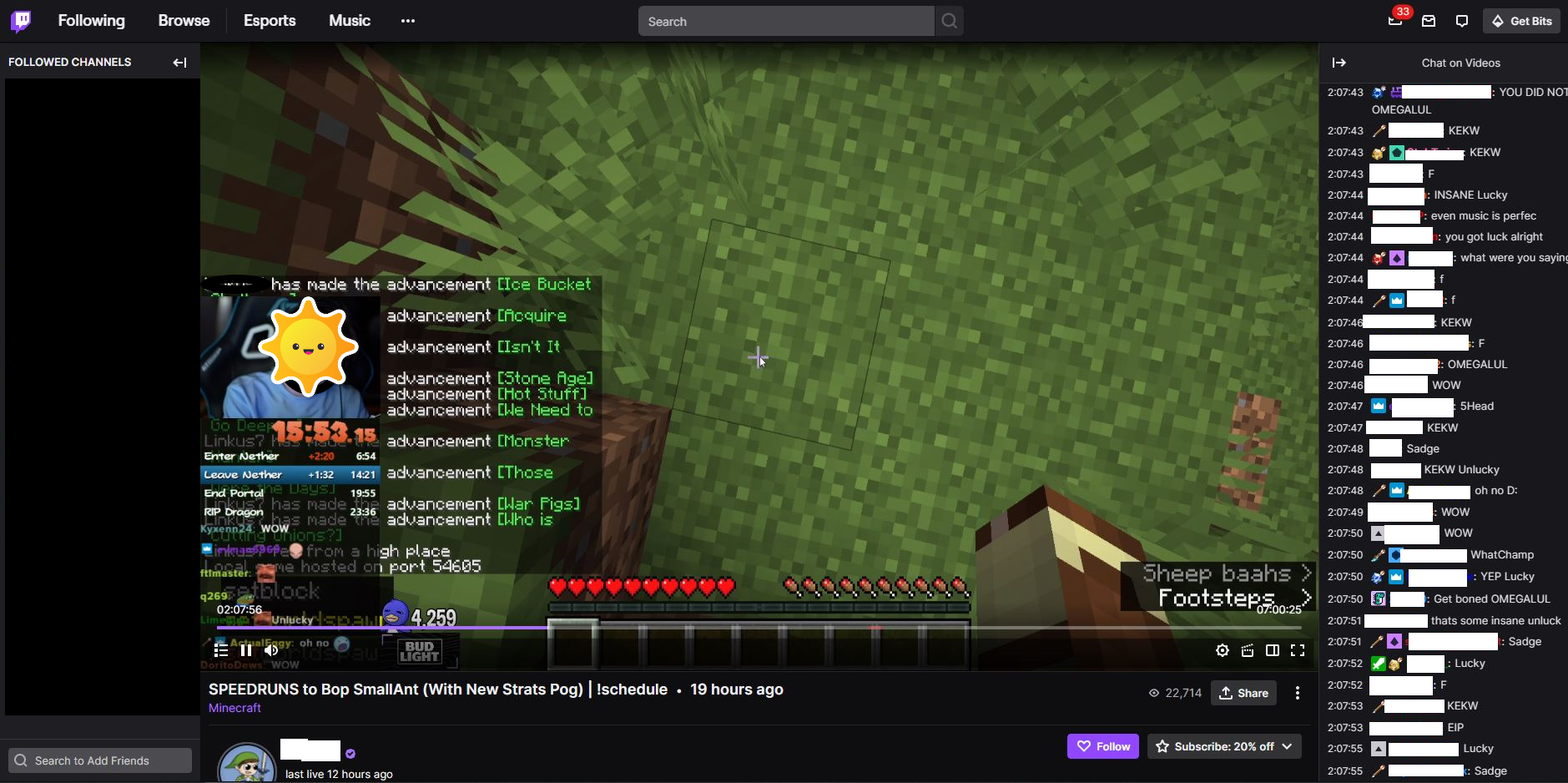Learning in Digital Worlds
Twitch as a learning environment: community
Even though Twitch is used for many more interests than gaming, if you play video games, it is likely you know this livestreaming platform. In this blog post I will look at Twitch as a learning environment. Even though Twitch does not always has to be a learning environment and might not even be designed to be a learning environment, such a perspectieve might aid in understanding what role Twitch could play if youth use it to learn. To do this, I looked at Twitch’s watch page and its policy documents, such as community guidelines, terms of service and monetsiation regulations, and how these aimed at nurturing certain behaviours in their users.
On Twitch so-called streamers share the screen of their computer and often also their own face via a webcam live to an audience. Livestreaming activities vary from playing video games, to creating an artwork, to programming, to ‘just chatting’. The streamer’s screen is centrally positioned (A) on the Twitch watch page, while a chat box at the right of the screen (B) shows people chatting with each other and the streamer and provides users with the opportunity to also send chat messages.

What recurringly came to the fore, is how Twitch encourages users to participate in a community. If we look at the watch page of Twitch, various features encourage the user to participate in the ongoing activities. For instance, if logged in, the user will accumulate channel points (F) simply for viewing. After a while a screen will pop up, asking the user to spend their channel points on an action. Such actions are determined by the streamer. The viewer is for instance enabled to spend their channel points on making the streamer ‘hydrate’ (to take a sip of water), or they can highlight their own chat message. This feature, just like many others on Twitch, hence encourages a viewer to gradually become an active participant rather than a passive ‘lurker’. In Twitch’s monetisation policy and Creator Camp, a webpage with resources for streamers to become successful on Twitch, rewarding and involving viewers and people in chat is also encouraged to ‘grow their community’.

The word ‘grow’ is important here. As though Twitch emphasises the value it places on community through their terms of service, community guidelines and monetisation policies, growing the community seems to be rewarded the most. However, such growth can also inadvertently inhibit meaningful conversation and potential for learning that helps to constitute a community that meaningfully connects people together. An example is how youth active on Twitch that we interviewed generally indicated to use large streams, with many viewers and active people in chat, as a sort of radio station, having it on in the background while doing something else. They often indicated preferring smaller streams as it allowed for meaningful interaction whereas bigger streams made it impossible to talk to one another or the streamer. In such streams the chat would simply move too quickly. In the smaller streams that I observed I saw many examples of meaningful exchanges in which streamer and people in chat would aid each other to obtain knowledge or progress in a skill. As such, a lot of the participants that I spoke with valued learning in a community, and also did so on Twitch. Simultaneously, though, the rewards and importance Twitch attributes to growth of that community might lead to tensions with this value.

In other words, Twitch seems to be a learning environment that can structure and value learning as part of a community, while also encouraging growth of communities which can suppress meaningful interaction, and community. There is a tension between on the one hand commercial interests of a platform like Twitch: to have many users, many viewers and many chatters, which means more viewers for ads. On the other hand, they also aim to embody some of the values the internet was celebrated for at the beginning of this century to appeal to youth: to create networks and connections with people all over the globe. As a learning environment this creates a complex mix of different powers structuring and valuing the learning that youth might do here, that can create tensions as shown in the above.
Have you ever used Twitch for learning? If you could adopt Twitch for education what aspects would you keep and what would you discard?
